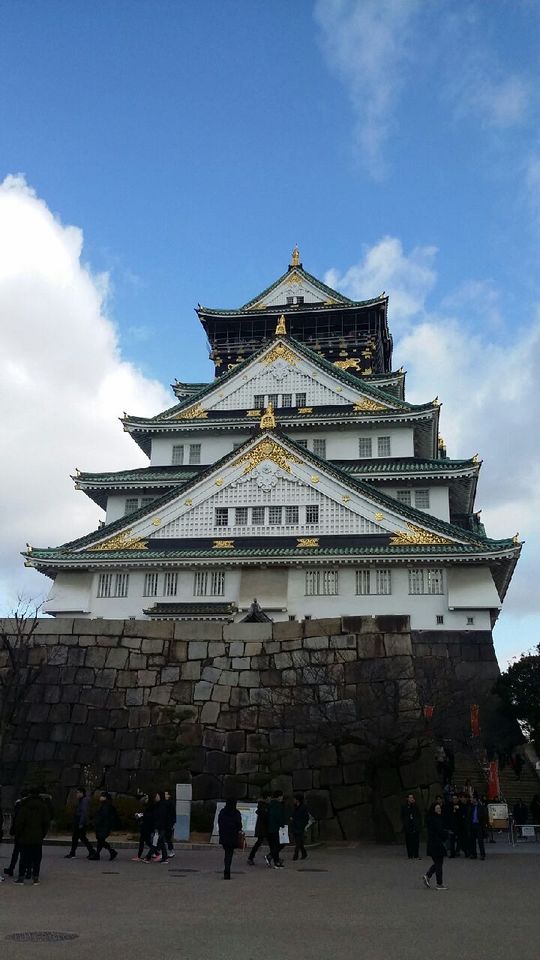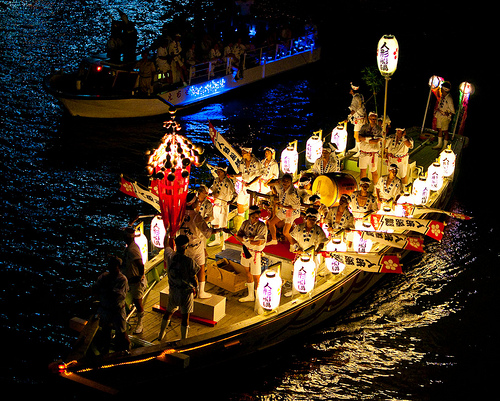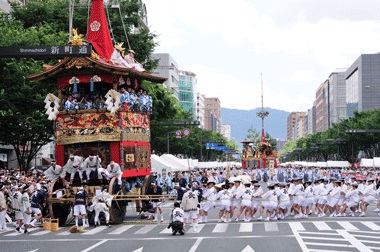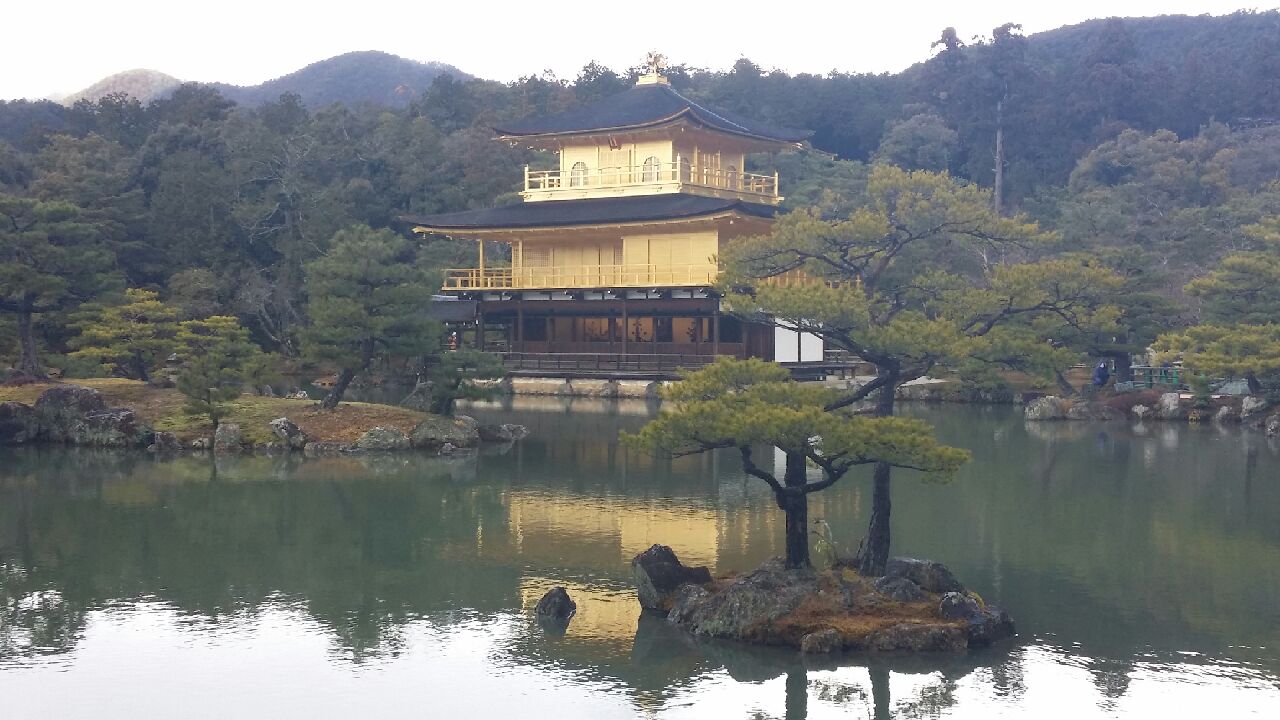



The first heritage to introduce is the Osaka Castle. The Osaka Castle has become the landmark of Osaka. Originally built in 1583 by the famous Toyotomi Hideyoshi, it was burnt and reconstructed two times. It was first burnt during the Battle of Sekigahara, where Tokugawa Ieyasu established a new bakufu in Edo. In 1620, Tokugawa Hidetada, the second shogun of the Tokugawa dynasty, reconstructed the Osaka Castle. The castle underwent some disasters being struck by lightning, explosion or fire. Next, in 1868, the Tokugawa-held Osaka castle fell in the Battle of Toba-Fushimi. In 1931, the castle was reconstructed based on the Toyotomi style on the remaining part of the castle.
The next heritage is Kinkakuji, which is in Kyoto. Kyoto is famous for its historical sites that comprise around 20% of the national treasures of Japan. Kinkakuji is a Zen Buddhist temple whose name means Temple of the Golden Pavilion. However, its official name is Rokuon-ji, meaning deer garden temple. The reason why the temple is called Kinkakuji is because of the golden pavilion, with gilded exterior. Originally, it was a vacation home of a Shogun called Ashikaga Yoshimitsu. After Yoshimitsu’s death, his son converted it into a Zen temple. During the Onin War, which took place from 1467 to 1477, all of the buildings except the golden temple were burned to ashes. Unfortunately in 1950, the golden pavilion met its fate by a 22-year-old novice monk. After its reconstruction in 1955, the gilts on the pavilion have been restored several times by the local government.
The most famous festival of Osaka is the Tenjin Matsuri. The festival is held annually from July 24 to 25 and its history is longer than a thousand years. It is one of the representative summer festivals of Japan. Also, along with Gion Matsuri of Kyoto and Kanda Matsuri of Tokyo, it is one of the three biggest Matsuri of Japan. To talk about the origin of the Tenjin Matsuri, the festival was held to resolve poet Sugawara no Michizane’s sorrow after he was falsely charged of treason and sentenced to death. He is revered as the god of learning in Shinto, Japan’s indigenous religion. The highlight of the event is the boat procession, where about 3,000 people board 100 boats and sail upstream.
Similar to Osaka’s, Kyoto’s representative festival is the Gion Matsuri. The Gion Matsuri, which has history of 1,100 years, is held for the entire month of July. It started as a purification ritual to pacify the gods that were thought to be causing natural disasters and epidemics. The parade of Yamaboko floats, which takes place on July 17, is the pinnacle of the Matsuri. The parade is divided into two groups, Hoko and Yama, as could be inferred by its name. Attendants pull and push or carry the floats and march through the streets of Kyoto.
ى €ى‘권ىگ © يڈ¬ي•ê³µëŒ€ى‹ 문 무단ى „ى¬ ë°ڈ ى¬ë°°يڈ¬ 금ى§€


